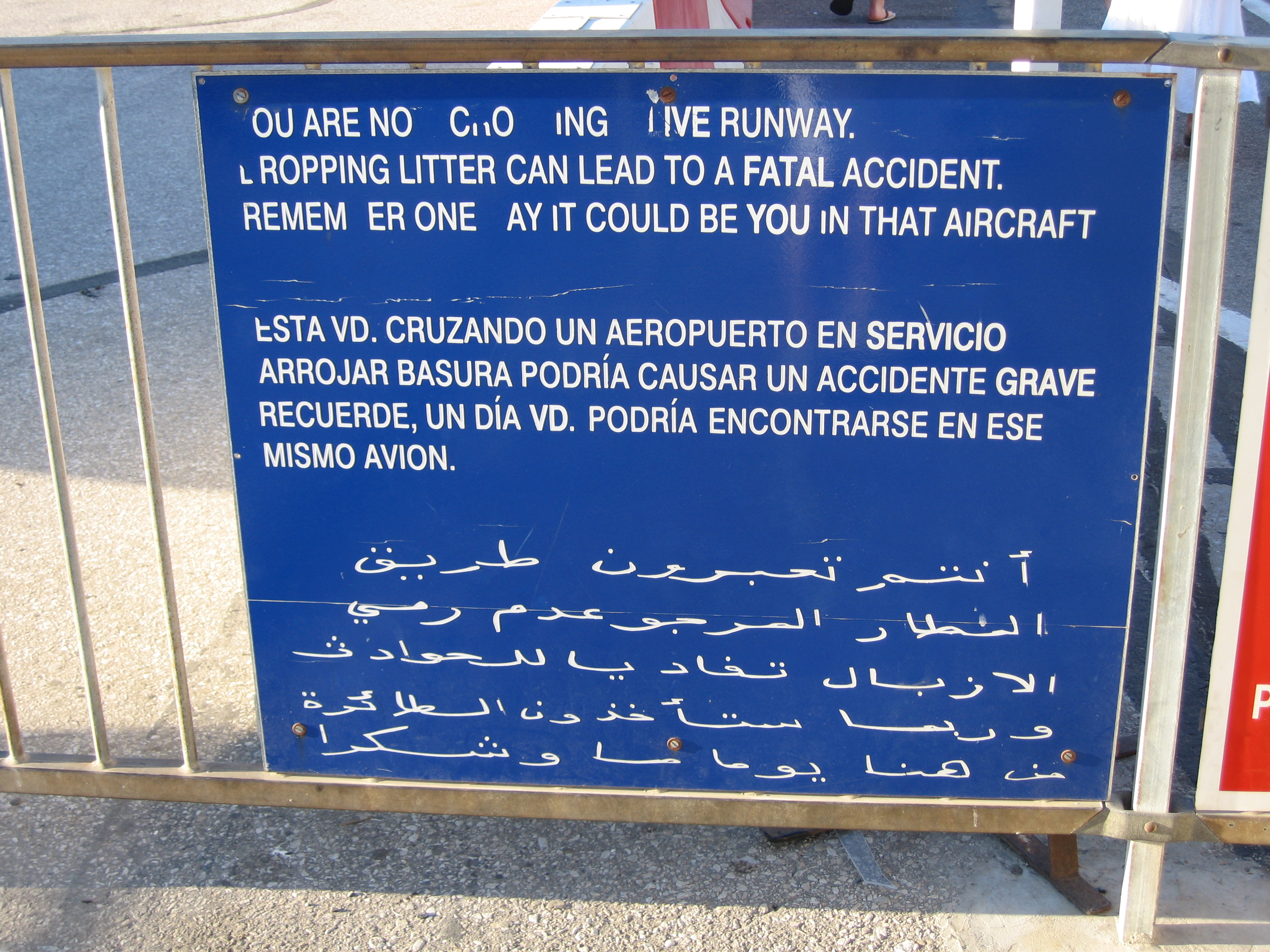If you like to look at book-related websites (like I do), chances are you've seen something like this before. Maybe not the same image, perhaps not the same exact phrasing, but it's a common sentiment that the internet expresses well.
We've all felt this way. You know, when we're so lost in a book, that when we look up, we're startled to find that the rest of the world isn't having the same emotional experience we are. Sometimes the book is so powerful it gives you a whole new perspective. In a way, it changes you, but the world around you hasn't altered one bit.
That moment when you come back from Istanbul, look around, and realize that everyone is just carrying on with their lives…
I've tried to explain my trip to my friends. To my family. I tell them what we did, where we went, our best (and worst) stories, but it isn't the same. Words are a powerful magic, but even words cannot capture the majesty that was this sunset viewed from the Galata bridge. The profundity of that one moment, the unspoken wonder shared between friends, the blazing emotions that consumed my entire being…
It's impossible.
 |
| The photo just doesn't capture the moment. |
All week I'd been thinking about what I was going to blog about in relation to Istanbul, but all my ideas fell flat. They wouldn't do my experience justice. They wouldn't do the city justice.
My favorite story from the trip is that of Muhammed. It was our last night, so we decided to end our trip by getting tea and baklava at a relatively fancy pastry shop. Once we had finished eating, we spread our map over the table in order to review where we had been. Upon noticing the map, our waiter, Muhammed, came over and offered to give us directions.
We started to talk to him about where he lived in Istanbul, how long he had been there, where he was from…
Syria. Which, if you don't know, has been in turmoil for a few years. (Click here to learn more.)
His home was destroyed. His university was destroyed.
And all his friends are dead.
He's my age.
I tell this story, but nobody can see the expression on his face when he told us he never ever wants to go back to Syria. When he brought us Turkish Delight, on him, against our protestations. When he said, "America is nice, yes? I would like to go there, but…"
The way his voice trailed off at the "but…"
My favorite story from the trip is that of Muhammed. It was our last night, so we decided to end our trip by getting tea and baklava at a relatively fancy pastry shop. Once we had finished eating, we spread our map over the table in order to review where we had been. Upon noticing the map, our waiter, Muhammed, came over and offered to give us directions.
We started to talk to him about where he lived in Istanbul, how long he had been there, where he was from…
Syria. Which, if you don't know, has been in turmoil for a few years. (Click here to learn more.)
His home was destroyed. His university was destroyed.
And all his friends are dead.
He's my age.
I tell this story, but nobody can see the expression on his face when he told us he never ever wants to go back to Syria. When he brought us Turkish Delight, on him, against our protestations. When he said, "America is nice, yes? I would like to go there, but…"
The way his voice trailed off at the "but…"
That moment when you meet someone you'll never forget, look around, and realize that everyone is just carrying on with their lives, as though you didn't just experience emotional trauma at the hands of a Syrian waiter.
 |
| Left to Right: Me, Sean, Muhammed, Natalie, Josh. I seriously hope we meet again someday. |
It really is strange that the world keeps going without acknowledging the experience, and even a few days after my return, I'm having a hard time carrying on with my life. I simply want to sit, and remember, and think, and wonder, and ask if that really happened, and realize that it did. It happened, and only I will ever fully understand it.
I don't even like to tell people about Istanbul anymore. At first, I tried my hardest to make them understand. I gave them a day-by-day play-by-play. I showed them photos. I found the call to prayer on YouTube and sent it to them. But the truth is, it's something that can never be truly shared.
No matter what, nobody will ever have my same emotional experience. Really, it's the same when reading a book. Just as you can go to the same place, you can read the same words; but your emotional experience is entirely unique to you, and that's what makes it so darn difficult to connect with people while you're still suffering from a "book hangover," or in my case, a "travel hangover."
Have you ever had a "book hangover" or a "travel hangover," or any other type of emotional experience that left you feeling somewhat alone while the rest of the world carries on with their lives?


















